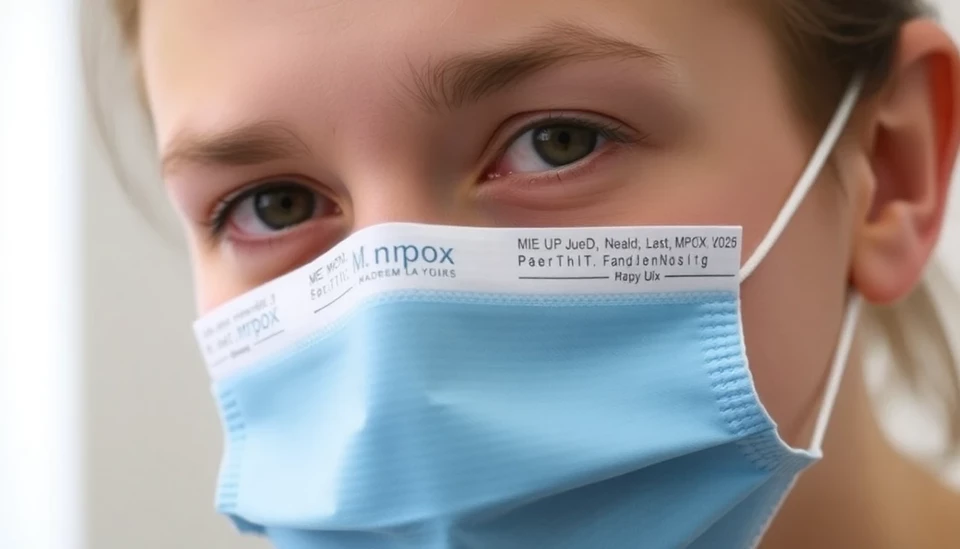
As the global health community continues to grapple with infectious diseases, a renewed focus has been placed on mpox, formerly known as monkeypox. Recent outbreaks have sparked discussions about its transmission, prevention strategies, and available treatments. In light of these developments, it's crucial to delve into what mpox entails, how it spreads, and how it can be effectively managed.
Mpox is caused by the monkeypox virus, which is part of the Orthopoxvirus genus, the same family that includes smallpox. Though not as contagious as smallpox, mpox poses a significant health risk, primarily affecting regions in Central and West Africa. The disease is typically transmitted to humans through direct contact with infected animals, particularly rodents and primates. Additionally, human-to-human transmission can occur, especially within households or through intimate contact.
The symptoms of mpox often resemble those of smallpox, beginning with fever, headache, and swollen lymph nodes, followed by a distinctive rash that forms blisters and crusts over. The illness usually lasts between two to four weeks, and while it can be severe, most patients recover fully without requiring intensive medical intervention.
Outbreaks of mpox outside of Africa have raised alarm among health organizations, particularly as global connectivity increases. The recent outbreak in various countries has highlighted the need for robust public health strategies to curb transmission. One key factor has been understanding the modes of spread, which include respiratory droplets, bodily fluids, and direct contact with lesions or contaminated materials.
Vaccination has emerged as a critical tool in the fight against mpox. The Jynneos vaccine, originally developed for smallpox, has shown effectiveness in preventing mpox. Health authorities recommend vaccination for individuals in high-risk categories, such as healthcare workers and those who may have had exposure to confirmed cases. Post-exposure prophylaxis is also advised for those who come into close contact with infected individuals.
Despite the availability of vaccines, public health campaigns emphasizing awareness and education remain paramount. Individuals are urged to practice good hygiene, avoid close contact with sick individuals, and stay informed about emerging cases in their regions. Maintaining vigilance through surveillance and reporting systems is essential to curtail future outbreaks.
As research continues into the virus, treatments have also been explored. Antiviral medications, such as Tecovirimat (TPOXX), have been approved for the treatment of smallpox and can be utilized for mpox with promising results. Ongoing studies aim to enhance our understanding of the disease's dynamics and improve therapeutic approaches.
The emergence of mpox as a public health concern underscores the need for global cooperation in managing infectious diseases. Governments and health organizations are urged to share data, resources, and best practices to ensure preparedness against future outbreaks. By fostering a proactive approach, the international community can protect populations from the spread of mpox and other emerging infections.
In conclusion, as mpox remains on the radar of global health officials, understanding its transmission, symptoms, and treatment options is imperative. With increased awareness and vaccination efforts, the spread of mpox can be mitigated, ensuring the safety and health of communities worldwide.
#Mpox #Monkeypox #InfectiousDisease #PublicHealth #Vaccination #HealthAwareness #GlobalHealth
Author: Samuel Brooks




